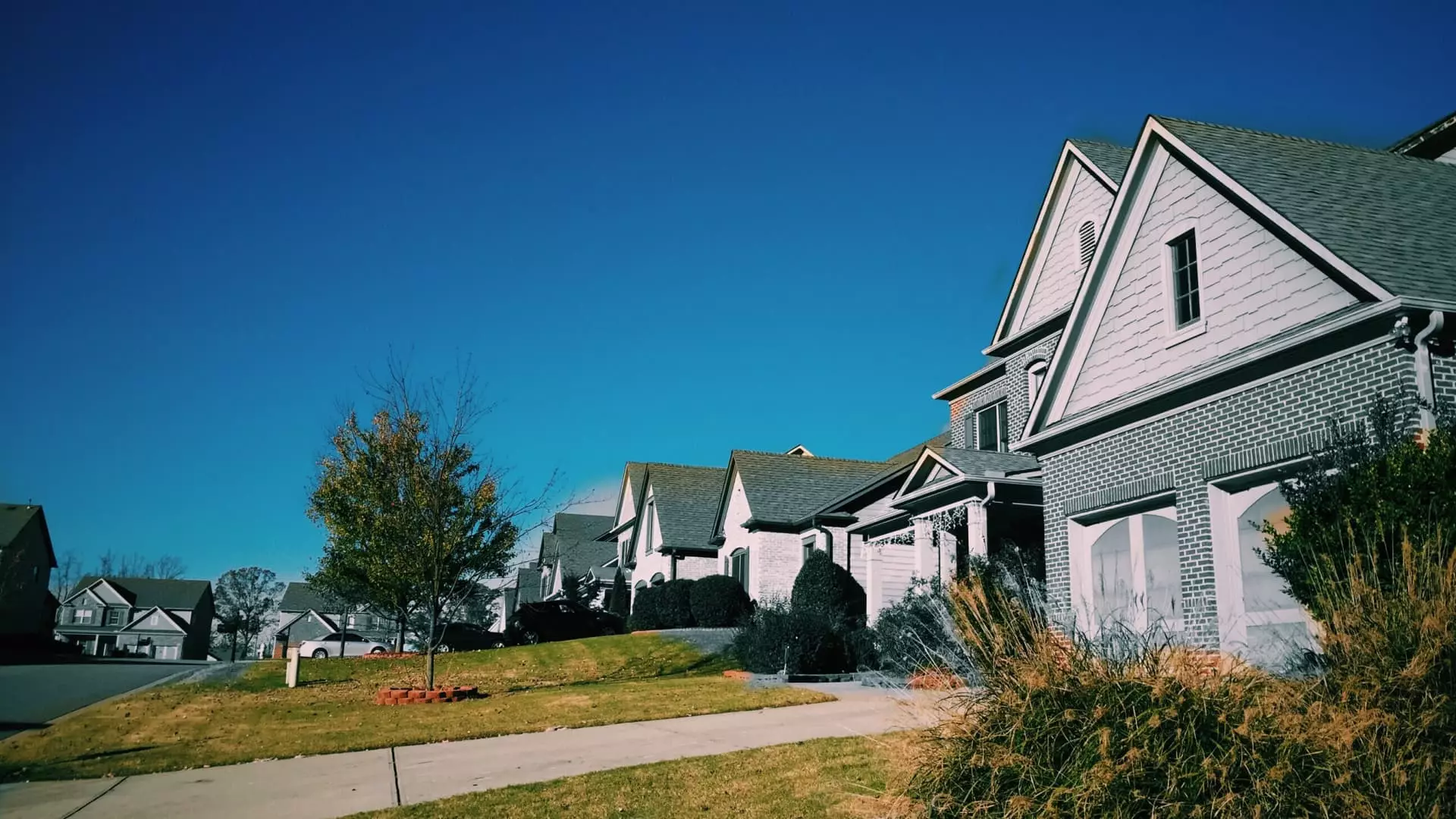The housing market has seen a significant increase in home prices, leading to homeowners accumulating over $32 trillion in home equity as of the first quarter of 2024. This record-high level of equity has provided homeowners with an average of $214,000 in potential equity that can be tapped into, with 60% of homeowners having at least $100,000 available according to the Intercontinental Exchange’s Mortgage Monitor. Tappable equity is the amount that most lenders will allow homeowners to borrow while still maintaining a 20% cushion in the home. As home prices continue to rise, homeowners are accumulating more wealth, pushing tappable equity to its highest level ever. However, the cost of borrowing against this equity is also on the rise, making it more challenging for homeowners to access these funds.
When it comes to borrowing against your home equity, one of the main challenges is the high interest rates that are currently in place. With interest rates hovering around 6.3%, borrowing against your home equity has become more costly compared to previous years. This increase in interest rates has made it less appealing for homeowners to consider options such as cash-out refinancing or home equity loans. Many homeowners took advantage of lower interest rates during the pandemic to refinance their mortgages and extract cash, but with rates now on the rise, fewer homeowners are willing to take on additional debt through these methods.
There are different options available for homeowners looking to tap into their home equity, including cash-out refinancing, home equity loans, and home equity lines of credit (HELOCs). Cash-out refinancing allows homeowners to refinance their mortgage for a higher amount than what is currently owed, with the excess amount being paid out in cash. On the other hand, home equity loans are a type of second mortgage that provides homeowners with a lump sum of cash, typically with a fixed interest rate. However, the average interest rate for home equity loans is currently 8.52%, making it a much costlier option compared to a traditional mortgage.
Alternatively, HELOCs offer homeowners a revolving line of credit that allows them to borrow against their home equity when needed. While HELOCs typically have lower interest rates compared to credit cards, the average interest rate is just under 10%, still higher than a conventional mortgage. Despite the potentially lower rates compared to credit cards, it is essential for homeowners to carefully evaluate the terms and conditions of HELOCs before making a decision.
While borrowing against your home equity may seem like a straightforward solution to access cash, there are risks associated with this type of borrowing. Defaulting on a home equity loan can have serious consequences, including foreclosure and damage to your credit score. It is crucial for homeowners to assess their financial situation carefully and ensure that they will be able to repay any borrowed funds. Planning ahead and considering all the potential risks and costs associated with borrowing against your home equity is essential to making an informed decision.
While the current housing market may provide homeowners with substantial equity, the cost of borrowing against this equity continues to rise. With interest rates on the upwards trend, homeowners must carefully weigh their options and consider the long-term implications of tapping into their home equity. By understanding the risks and costs associated with home equity borrowing, homeowners can make informed decisions that align with their financial goals and priorities.

